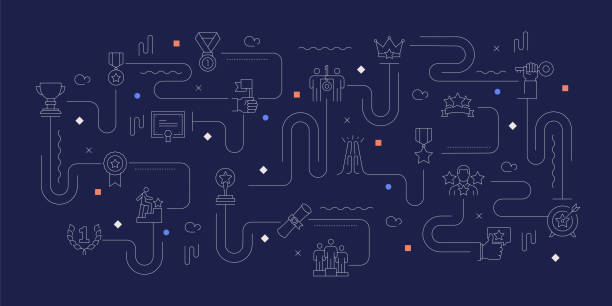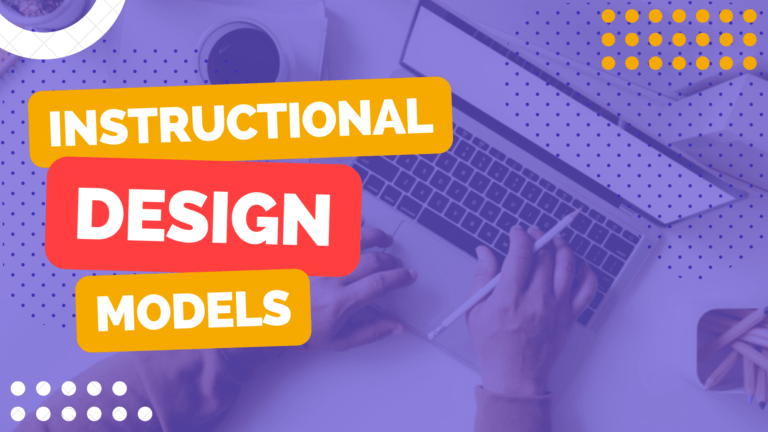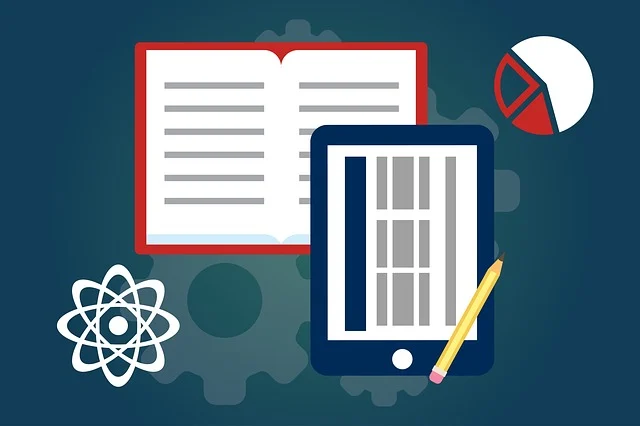Instructional Design In Higher Education: The Foreseen Future Of Learning

We all know that the field of Instructional Design in higher education is always changing.
As new tools and ways of teaching are created, Instructional Designers must change to keep up with them. But what will happen to Instructional Design in the higher education?
Read: The Future Of Instructional Design With AI
Need For Adaptability And Versatility In The Use Of Technology
Instructional Designers in colleges and universities have always been able to adapt because they have had to, and they will probably still have to in the future.
As educational technologies become more common in schools, Instructional Designers need to be ready to adapt to the changes.
They need to be able to switch from using old ways of learning to taking advantage of new technologies like Artificial Intelligence and Virtual Reality (VR).
This flexibility is very important to meet the constantly changing needs of schools and other educational places.
Furthermore, if Instructional Designers start using educational technology at an early stage, they will be able to outperform their competitors and make significant improvements in the future of higher education.
Instructional Designers have the job of figuring out the best ways to use educational technology in educational situations.
Be Current With Instructional Design Trends
It is now really important for schools and organizations to know about new ideas and updates in how to design instruction.
Student happiness, helping teachers grow, and always looking for better ways to help students learn depends on using the best methods and tools of Instructional Design that are out there.
People who teach online need to regularly look for new ways of teaching and keep up with the latest methods and trends.
This is important because it helps their students get a good education that is relevant to today’s digital world and prepares them to succeed in it.
Higher education schools should stay updated with the latest teaching methods to compete with other schools and give students a good education.
Microlearning
Microlearning methods have been widely used in corporate training and are gaining popularity among educators.
These methods aim to deliver information in a quick and easily understandable way, without overwhelming the users with too much information at once.
This method lets students go at their own pace and helps teachers keep track of their progress. This is useful for giving extra help when needed. Therefore, educational institutions should use microlearning strategies more often.
Gamification
The gamification trend will keep getting bigger in the future, as more schools and organizations realize it can help students stay interested and motivated.
This method has been found to work well in businesses for a long time. Playing games can help you learn and develop important skills like thinking carefully and solving problems, which are important for doing well at work.
In addition, new technology helps develop fun games that students can play on their phones or computers more easily. This allows students to study course material easier outside of the usual classroom.
Remote Job
There is a need for Instructional Designers, and if higher education wants to attract and retain the best ones, they should allow Instructional Design teams to work from home.
An Instructional Designer’s job can be done from anywhere, especially when creating online courses and programs.
Many times, the people you work with are not physically with you. They may be used to teaching online, so they should not have a problem working together with a remote Instructional Designer.
Moreover, traditional in-person classes are now incorporating more educational technologies, which helps instructors become more familiar with these platforms.
It is not unrealistic to ask a faculty member on campus to work together with a remote Instructional Designer because they should know how to use the technology.
Some traditionalists may not like it, but there’s no reason they can’t work well with a remote Instructional Designer just like they would with someone on campus.
One problem will be making sure that employees who work from home feel like part of the group at the office, without making them come in if they don’t need to.
Navigate AI Tools
Instructional Designers have the job of addressing instructors’ worries about ChatGPT and creating learning tasks that ChatGPT and other Artificial Intelligence cannot cheat.
Instead of using a lot of essays, having debates, making podcasts, and giving feedback from classmates would make learning better for students.
Moreover, teachers and employees can use ChatGPT to enhance their efficiency and get work done. It can also change how schools help students by making it smoother to apply, enroll, or register for classes.
ChatGPT can help make schedules and rules for classes. Even though ChatGPT is amazing, we need to be careful and thoughtful when using it. The right people should also keep an eye on how it’s used.
Partnership, Improvement And Assurance
In the past, people used to create online courses and teach them again and again without making any changes or improvements.
But now, that has changed and it’s actually better that way. It ensures that you give students the best possible thing, which is not necessarily what’s easiest for teachers.
Online programs face a lot of competition from other schools, so it’s important to constantly improve to make sure you provide excellent online education for students.
If institutions want to create fair, inclusive, and accommodating learning environments, it would be helpful for them to encourage teachers to work closely with Instructional Designers.
Many people used to believe that online learning is not interesting or effective, but those beliefs have been proven wrong. Online education is now common in universities and colleges.
Even though some people don’t like learning online, it’s hard to deny that it works well. An Instructional Designer’s tasks can differ depending on the institution, but it is important for faculty to know that Instructional Designers don’t handle help desk or customer service responsibilities. Instructional Designers are experts who can enhance courses in many different ways.
Customize Instructions
Customized teaching is another trend that is expected to keep growing in schools. With AI systems, teachers can now create personalized lesson plans for each student based on what they like and their abilities.
This helps teachers offer support when needed and gives students the freedom to learn in their own way.
Customized teaching has been found to work really well for grown-ups who don’t have a lot of free time because they have to work or take care of their families.
Conclusion
In the future, teaching and learning in colleges and universities will include new technology and methods to help students understand better and communicate easily in class.
To make progress, it is important to have strong leaders in online education who can create new and exciting ways for students to learn and participate in their courses.
We need to create new ways of teaching so that students can have a more interesting and valuable education that meets their changing needs.
This task is for instructional designers and educators. It offers both difficulties and great benefits.







